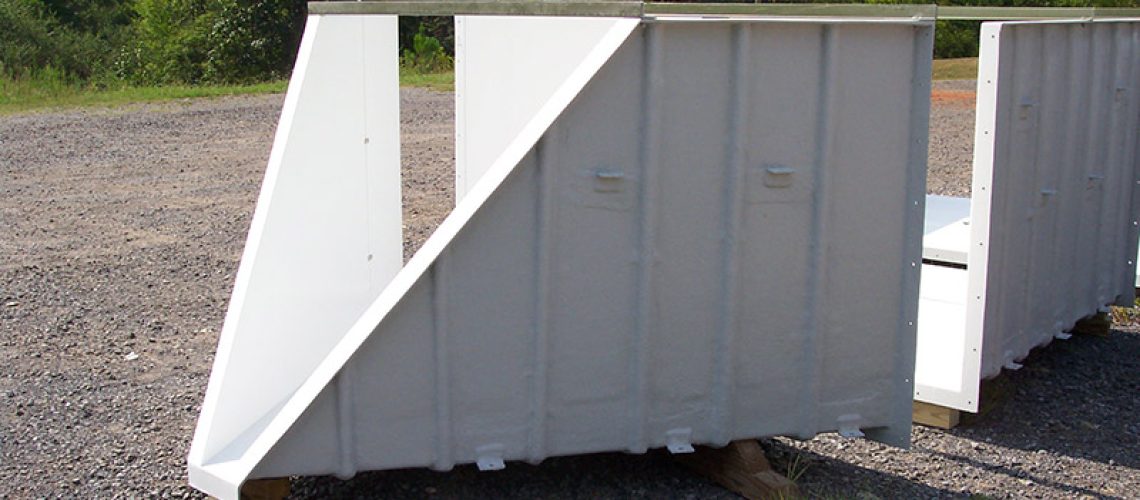One of the most important factors in a flume’s operation is avoiding submergence. When a flume becomes submerged, all your measurement efforts will be thrown off. You may be thinking that the idea of looking for submergence is fairly easy, but it doesn’t necessarily mean simply checking if the flume is underwater. Learn how to spot submergence, and discover everything you need to look for during a flume inspection.
What Is Submergence?
Before diving into the signs of submergence, it’s important to define exactly what submergence is. It is not simply the flume being submerged in water. Submergence is specifically when the downstream channel backs up the water and increases the water level by more than 1%.
When this happens, some flumes have a way around it by implementing another head measurement into the equation along with the relevant submerged flow equation. That’s not always an option for some flume styles, however, so you could just be out of luck. Parshall, Cutthroat and H-type flumes have submerged flow equations available to work with. Palmer-Bowlus and trapezoidal flumes, among others, do not.
Visual Indicators
There is one convenient way you can tell if a flume is submerged, which is simply by looking at it. Even so, it’s typically better to test it anyway to make sure that the math lines up with your observations. If the flume is completely underwater, however, you can be pretty sure that it’s submerged without having to do much testing.
For visual confirmation of submergence, you’ll want to look for the hydraulic jump. This is a part of the flow in which a frothy wave is formed around the throat section. That wave only develops under free-flow conditions, however, so you won’t find it if the flume is submerged. Instead, you’ll merely see a gradual depression in the water level. In other cases, you won’t see anything at all. Either way, the flume is submerged.
Testing the Flow
To test for submergence, you’ll need to first identify the two points of measurement. The first point is the spot where you’d take your normal readings. The second spot can vary depending on what kind of flume style you have. Parshall flumes, for example, will have a secondary measurement spot in the throat, while a Palmer-Bowlus has it downstream of the throat ramp.
Once you have these two spots located, you’ll need to simply measure them. Keep in mind that you’ll need to use the same zero elevation for both points of measurement in order for this to work properly. Once you have the measurements, simply determine the ratio of the downstream measurement point to the upstream measurement point. If the figure you get is greater than the submergence transition value (which is predetermined based on your flume style and size), then the flume is submerged. If it’s less, your flume isn’t submerged.
Flumes From Tracom
Now that you know how to spot submergence, you can make the most out of your flume. If you’re looking for modifications or a new kind of flume to help deal with submergence problems, Tracom is happy to help. Our team will work with you to create customized solutions. Contact us today to get started!



